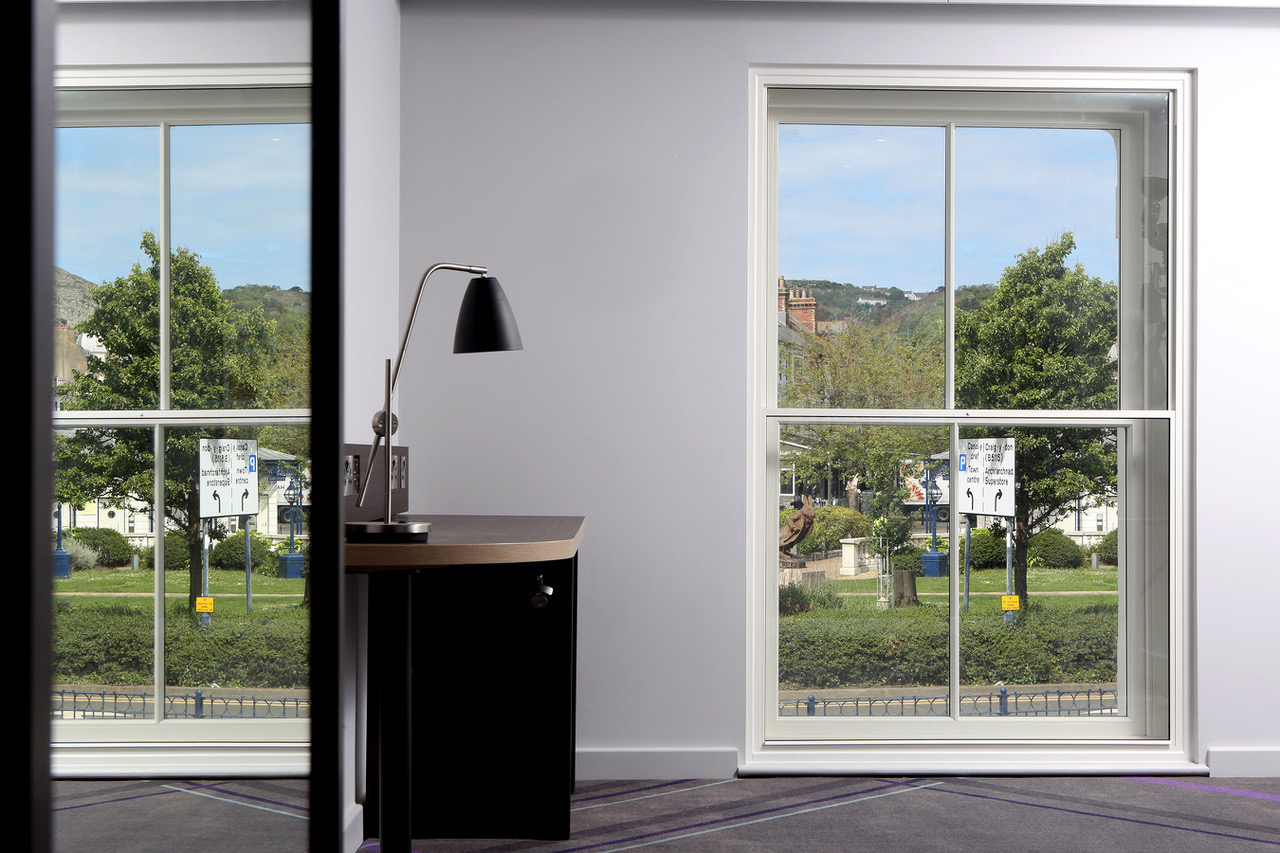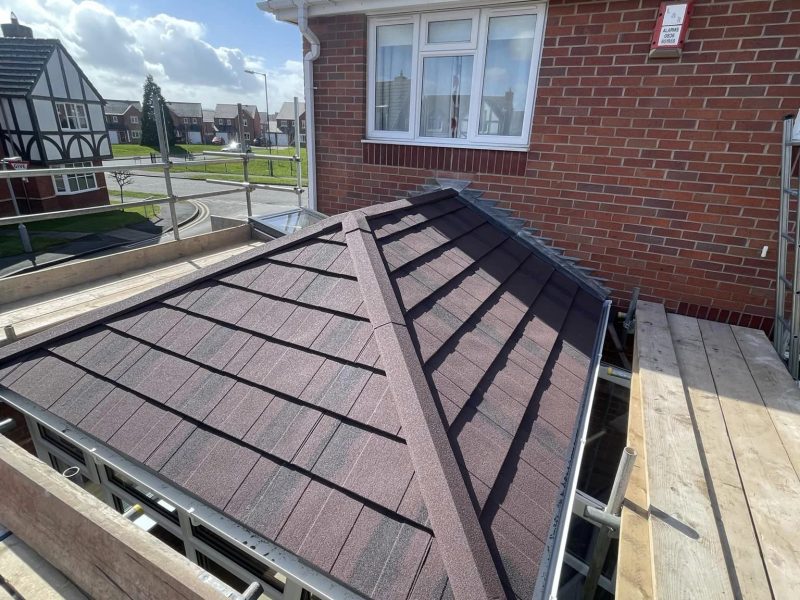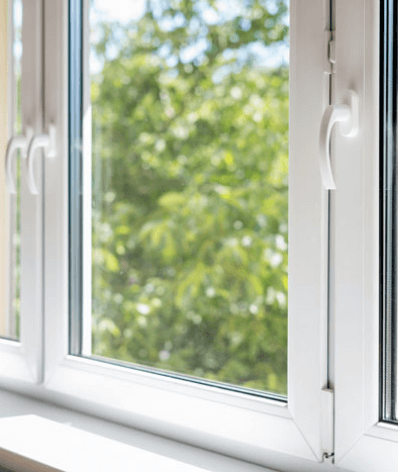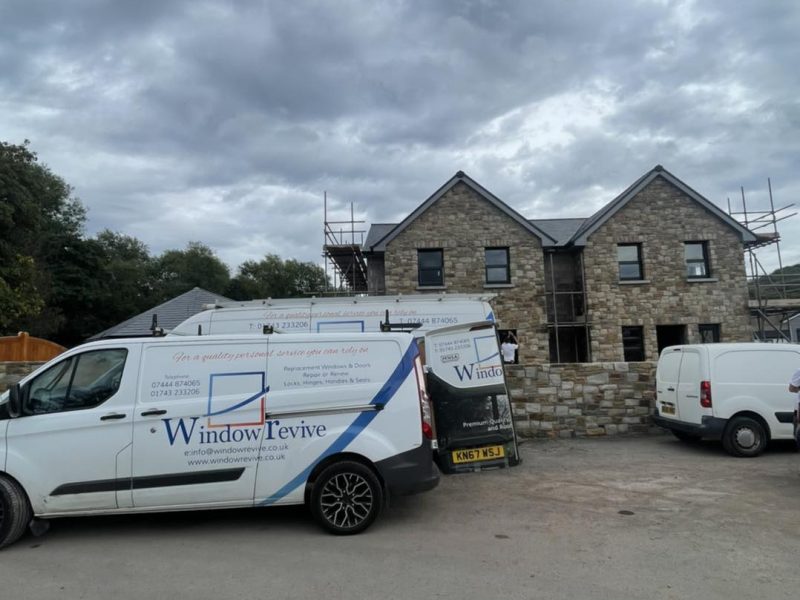Secondary Glazing vs Full Window Replacement – Which Is Right for You?
Upgrading your windows is one of the most effective ways to improve your home’s comfort, insulation, and energy efficiency. But not every property is suited to full window replacement, especially if it’s a period home or in a conservation area. That’s where secondary glazing offers a practical and cost effective alternative.
At Window Revive, we understand the importance of making well-informed and confident choices when it comes to choosing the right upgrade for your home. For homeowners in Shrewsbury and the surrounding areas with underperforming windows, a question you may be asking yourself is: Should I choose secondary glazing or a full window replacement?
So, What Is Secondary Glazing?
Secondary glazing involves installing a second pane of glass or acrylic inside your existing window. This creates an insulating air gap between the original window and the new inner pane. This results in better thermal performance, reduced noise, and improved comfort.
Secondary glazing is a popular alternative to double glazing because of its less intrusive nature. Unlike double glazing, it has lower upfront installation costs, and is the ideal choice for historic or listed properties where you may want to either keep the original look, or have constraints on the amount of freedom when it comes to home upgrades. Secondary glazing offers similar benefits, without the need to replace your entire window.
So how does secondary glazing compare to full window replacement, and which option is best for your property? Let’s explore the key differences.
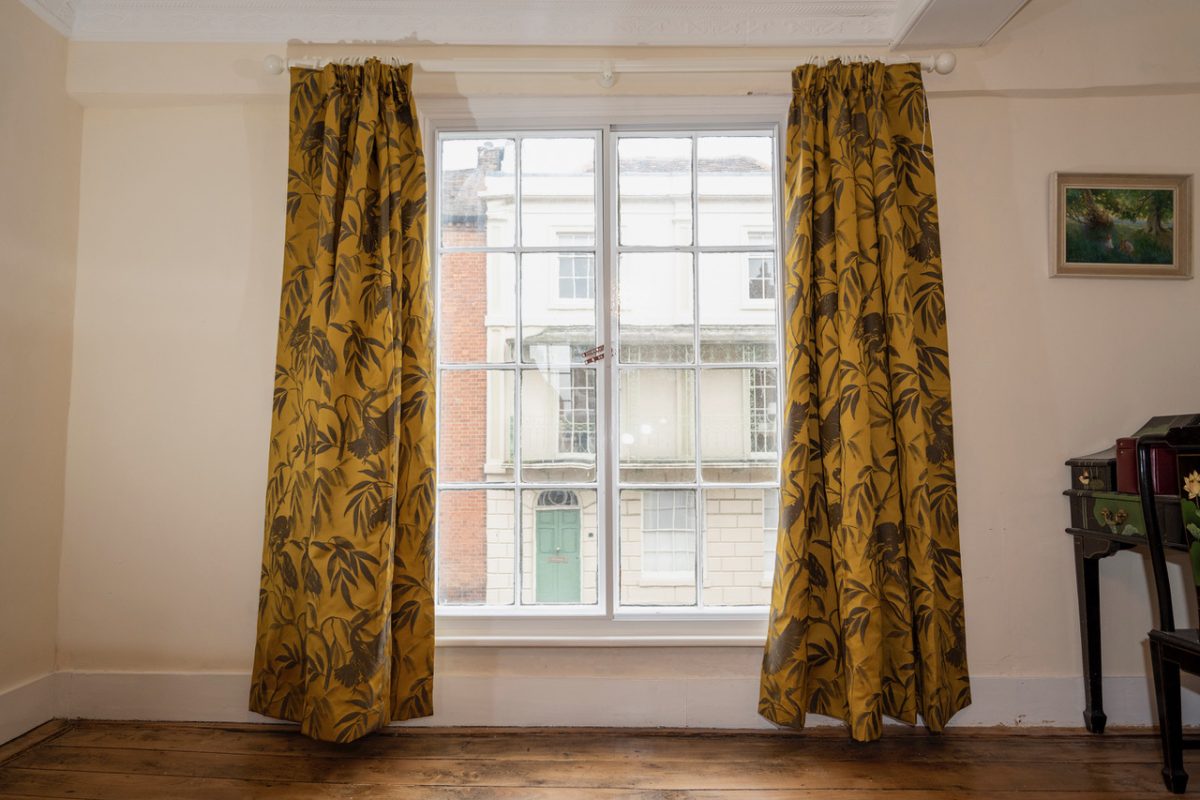
How Does Secondary Glazing Work?
Secondary glazing adds a discreet internal window layer, improving insulation and noise reduction while leaving the original window untouched. It’s fitted on the inside and is ideal for homes with timber sash windows or architectural features you want to preserve.
Full window replacement, on the other hand, removes the entire frame and glass and replaces it with a new double or triple glazed unit. This can offer excellent energy efficiency, but can be more disruptive and typically more expensive.
Installation and Disruption: Which is Best?
Secondary glazing is quick and non-invasive to install. Most units can be fitted in just a few hours with minimal mess, and there’s no need for scaffolding or external access.
Window replacement, however, involves a bit more work. Old frames must be removed, openings adjusted, and new units installed, which can take several days and cause more disruption, especially in older buildings. However, if the option is available to you, it can offer greater long term benefits, with enhanced energy efficiency, security, and property value.
Energy Efficiency
Both options offer thermal improvements. High quality replacement windows, like those from Window Revive, are often more efficient overall, especially when triple glazed with insulated frames.
However, secondary glazing can reduce heat loss by up to 60%, depending on the glass used. For many properties, this is more than enough to noticeably cut draughts and lower heating bills, particularly when existing windows are in good condition.
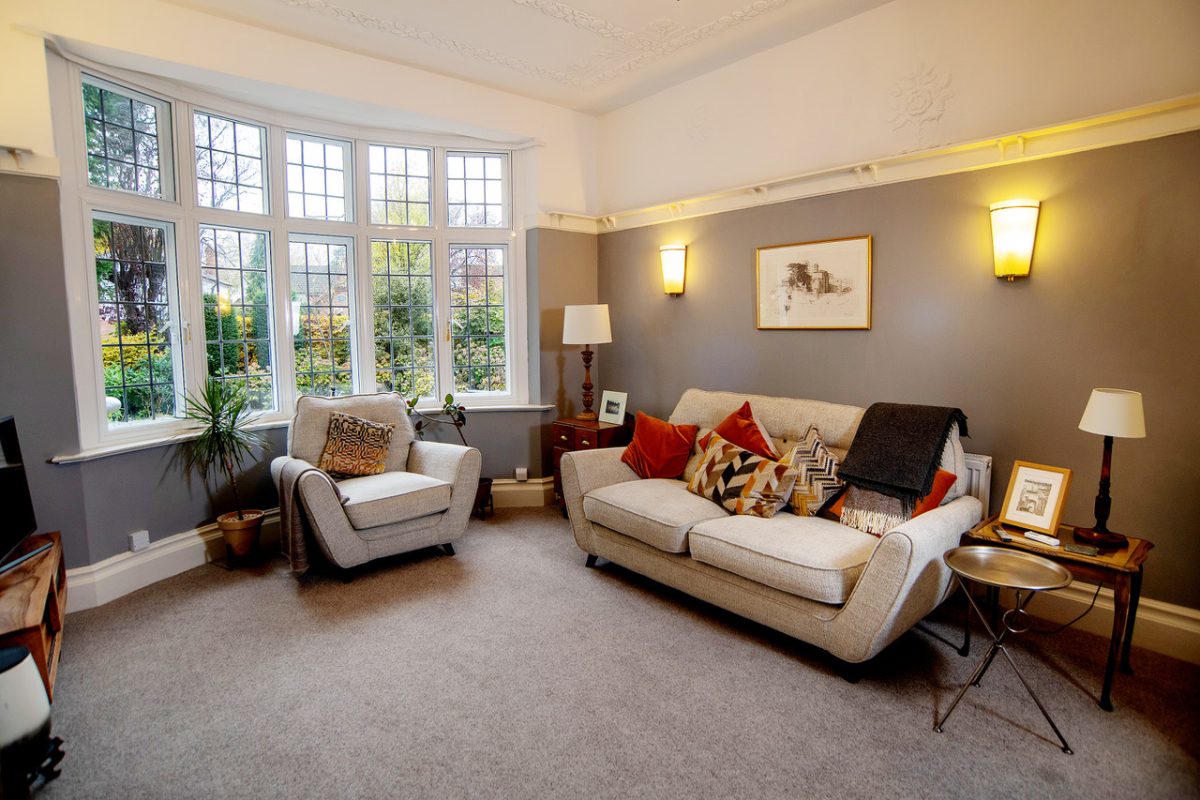
Noise Reduction
If noise is a concern, secondary glazing often outperforms regular double glazing. The larger air gap between panes and the option to use acoustic glass make it especially effective at blocking out traffic, train, or aircraft noise. It’s ideal for bedrooms, home offices, or properties near busy roads.
For Listed Buildings and Conservation Areas
Full window replacement in listed properties or conservation areas can be tricky. Planning permission is often required, and modern window designs may be refused to preserve the building’s character.
Secondary glazing is usually permitted without planning permission, as it doesn’t alter the external appearance. It’s one of the few ways to improve comfort in heritage homes while maintaining the original windows.
Appearance and Aesthetics
Replacement windows can freshen up your property’s look and improve kerb appeal, especially if the existing windows are worn or damaged.
However, many homeowners, especially those in period properties in and around Shrewsbury, prefer to retain their original windows. Secondary glazing allows you to do just that, while still improving performance. Modern systems are slim, discreet, and can be colour-matched to blend in with your décor.
Affordability
In general, secondary glazing is more affordable than full replacement. It offers many of the same benefits, better warmth, reduced noise, improved energy efficiency, but at a lower cost and with less disruption. It’s a great choice if you’re working within a budget or upgrading one room at a time.
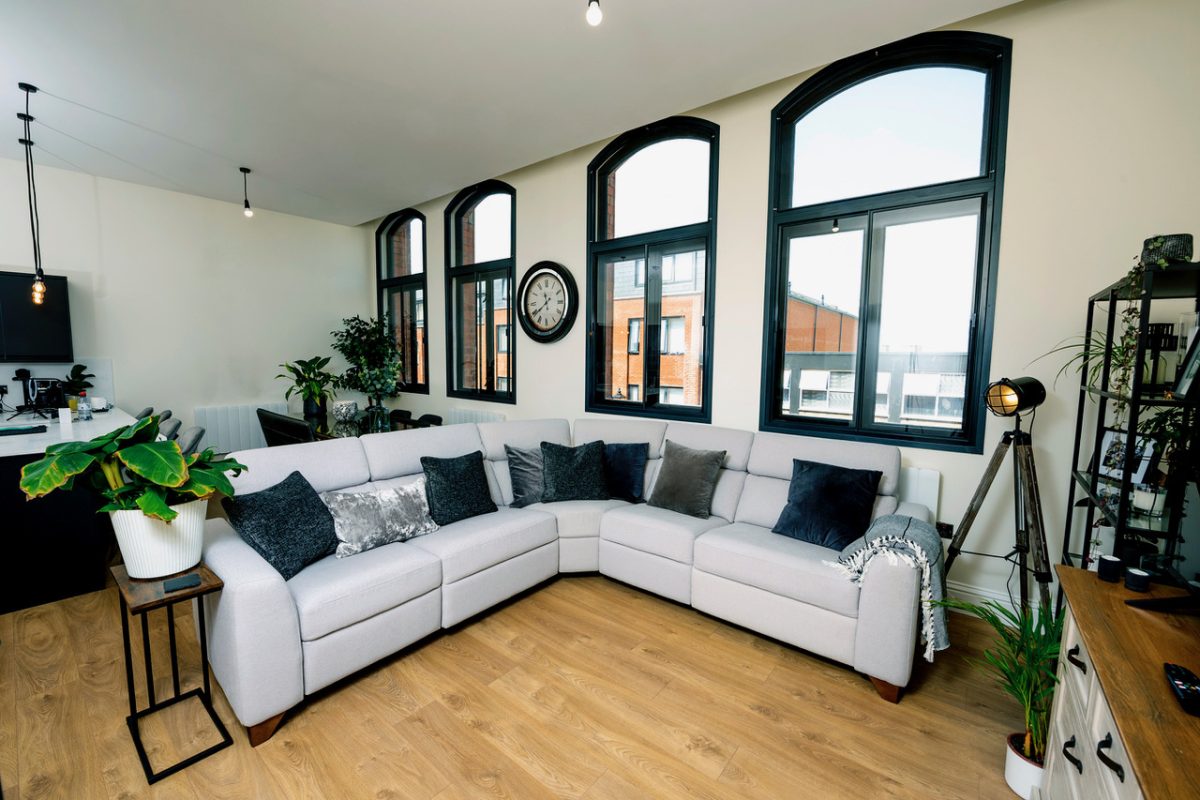
So, Which Option Is Best: Window Replacement or Secondary Glazing
- Choose secondary glazing if you want to preserve original windows, reduce noise, and improve efficiency with minimal cost and disruption, especially in conservation areas.
- Choose window replacement if your windows are in poor condition, or if you’re seeking maximum performance and a modern aesthetic.
Need Advice? Contact Window Revive
At Window Revive, we help homeowners make informed choices about their windows. Whether you’re restoring a period property or looking for a modern energy upgrade, we offer both secondary glazing and window restoration options to suit your needs.
Get in touch with the team at Window Revive today over the phone at 01734233206, and get your free, no-obligation quote using our easy-to-use online quoting tool.
Recent News
Secondary Glazing vs Full Window Replacement – Which Is Right for You?
19 September 2025


